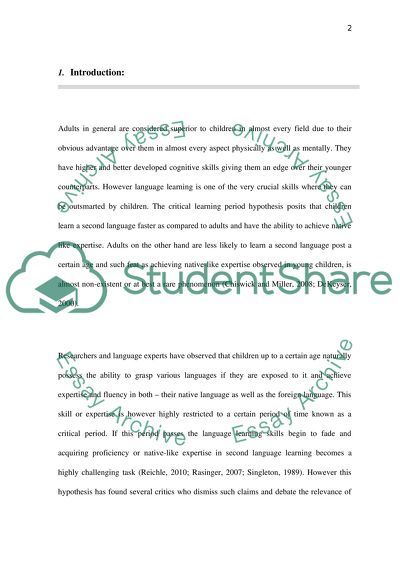Cite this document
(“Research perspectives Essay Example | Topics and Well Written Essays - 2750 words”, n.d.)
Retrieved from https://studentshare.org/education/1479600-research-perspectives
Retrieved from https://studentshare.org/education/1479600-research-perspectives
(Research Perspectives Essay Example | Topics and Well Written Essays - 2750 Words)
https://studentshare.org/education/1479600-research-perspectives.
https://studentshare.org/education/1479600-research-perspectives.
“Research Perspectives Essay Example | Topics and Well Written Essays - 2750 Words”, n.d. https://studentshare.org/education/1479600-research-perspectives.


